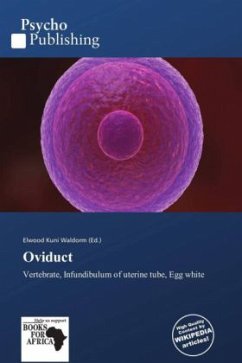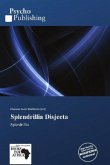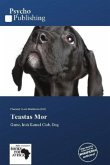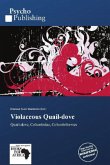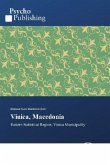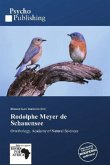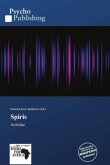Please note that the content of this book primarily consists of articles available from Wikipedia or other free sources online. In non-mammalian vertebrates, the passageway from the ovaries to the outside of the body is known as the oviduct. The eggs travel along the oviduct. These eggs will either be fertilized by sperm to become a zygote, or will degenerate in the body. Normally, these are paired structures, but in birds, crocodilians, and some cartilaginous fishes, one or the other side fails to develop (together with the corresponding ovary), and only one functional oviduct is found. Except in teleosts, the oviduct does not directly contact the ovary. Instead, the most anterior portion ends in a funnel-shaped structure called the infundibulum, which collects eggs as they are released by the ovary into the body cavity.
Bitte wählen Sie Ihr Anliegen aus.
Rechnungen
Retourenschein anfordern
Bestellstatus
Storno

